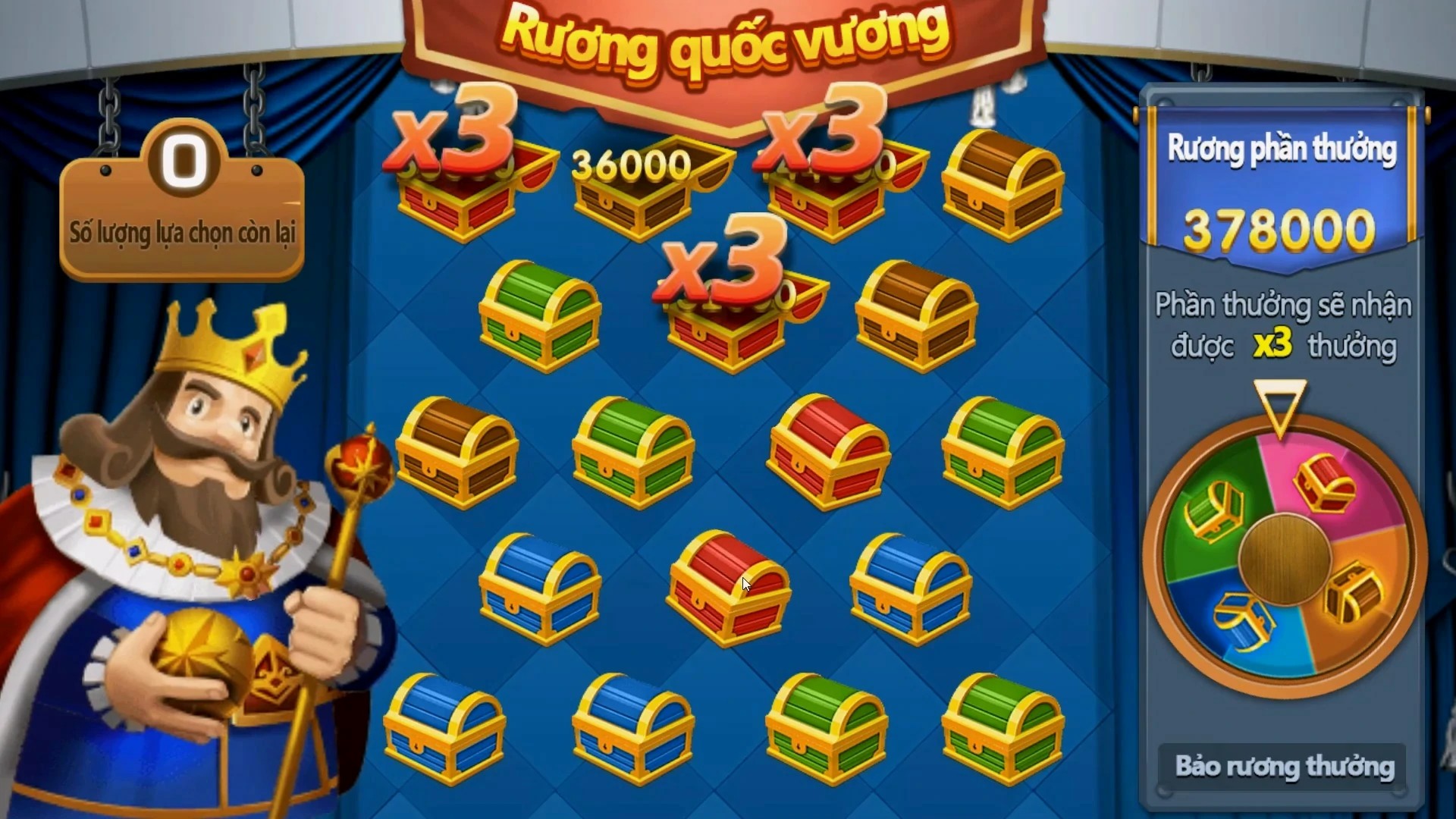Riding the MMORPG Indie Wave
In recent years, independent developers have begun challenging traditional norms when it comes to gaming—particularly within the expansive universe of MMORPGs. Titles like Albion Online and New Worlds stand as testament to how small teams are reshaping player experiences with innovation, agility, and unconventional design philosophy. This shift has brought about both exciting gameplay possibilities as well as notable hurdles, especially when issues like "battalion crashes when starting match" or performance-related errors start to impact the end-user experience.
What Makes an Indie MMORPG Different?
| Characteristic | Traditional MMORPG | Indie MMORPG |
|---|---|---|
| Scope | World-spanning universes | Niche, thematic zones or mechanics |
| Funding | Publisher backed | Self-fund / Kickstarter |
| Dev Team Size | Large (>100 members) | Small (sometimes under 15 people) |
| Bugs at Launch | Fewer and smoother | Frequent—often patched overtime |
Maintaing player trust while managing bugs like "battalion crashes when starting match" is one of the biggest issues for these smaller dev studios. Without massive support pipelines or instant fix capabilities, indie teams must balance speed of iteration and quality control—sometimes sacrificing one for another early on.
Coding Realities: Dealing with Matchstart Errors
Finding the root behind errors such as "battalion crashes when starting match" often means diving headfirst into network optimization, data synchronization, or backend load balancing—tasks often easier on triple-A games, but daunting for indie developers working solo or with small, bootstrapped teams.
- Network instability: Poor peer or client-to-server communication may break game launch.
- Unbalanced threads: Resource-heavy processes run together causing crashes mid-match initialization.
- Poor QA scaling: Not all hardware configurations or play behaviors were stress-tested.
- Patch inconsistencies: Mismatching game versions or outdated local builds can trigger mismatches.
The trick lies in building a system that can detect the most common failure points and prioritize them for patching. It may seem a simple crash, but solving it means addressing architecture-level inconsistencies that are not immediately visible to the user—but deeply affect experience and community perception over time.
section>User Expectations in the Indie Space
Players expect quick matchmaking and smooth onboarding into servers
Chat integration, guild structures, and event-based play drive retention
For titles struggling with errors or lag during crucial startup phases, there’s an urgent need to streamline the process so bugs don’t create permanent impressions—or worse, drive users to competing AAA experiences. In fact, some players even compare their gaming struggles with other unexpected lifestyle overhauls, as seen in searches such as "how to go from couch potato to marathon runner", where both situations share the theme of personal perseverance and technical progression.
Future Trends for Indie MMORPG Development
The indie MMORPG market is evolving. Here are four key shifts expected in the coming years that’ll redefine the way these titles are built, tested, and sustained post-launch:
- Rise of procedural and AI-generated landscapes
- Cross-platform multiplayer becoming the standard—expect more cloud-supported games.
- New hybrid genres fusing RPG with roguelike and strategy elements.
- A stronger emphasis on performance-first architecture, driven by crash and startup reliability expectations.
In the future, even small-scale MMORPG teams must consider building with error tracking tools and crash analytics from day one. While the dream is creativity-fueled gaming, the execution demands engineering grit, performance-first design choices—and sometimes—rebuilding parts of the stack just to fix startup problems that might otherwise go viral on Reddit threads or X discussions.
Tips for Indies Facing MMORPG-Specific Tech Glitches
Tip 1: Use Lightweight Match Server Logic Initially
Don’t overload initial matchstart code—strip logic to the bare essentials. If the system runs smoothly during the early moments (player login and lobby sync), the foundation is more stable and bugs like "battalion crashes when starting match" can be debugged one-by-one without full-scale reboots.
Tip 2: Monitor and Report on Live Data Flows
Real-time data flow visualization tools can help track which functions are failing under specific conditions, and allow early warning detection long before players notice crashes on startup.
Tip 3: Start With a Limited Beta Group
Smaller user tests on closed servers can catch many bugs early without impacting a full audience. If users complain about "battalion matches not initializing correctly," you’re able to patch with limited reputational cost.
Tip 4: Prioritize Community Transparency
Blogs, dev logs, or patch summaries that clearly detail how the team is addressing launch errors show responsibility and help retain user interest, even in a bumpy first release window.
The Road Forward for Independent MMORPG Developers
We’re witnessing a new age where independent teams take the reins on expansive MMORPG development, but with creativity comes complexity—especially where infrastructure and bug tracking meet. Technical stumbles such as the "battalion crashes when starting match" error might be frustrating, but with careful planning, performance-first strategies, and a community-oriented development mindset, indie teams can deliver polished, long-term player-driven content that stands alongside AAA alternatives.
The journey from concept to release may start with small bugs and even slower feedback cycles, but in that challenge lies opportunity. Just as someone moves from "how to go from couch potato to marathon runner", developers are realizing: resilience, gradual progress, and consistent improvement are just as vital in development as in any marathon—gaming or otherwise.
Conclusion: As indie development matures into broader MMORPG territory, technical hurdles and gameplay inconsistencies will continue to arise. The true value of these games lies not in how few bugs they launch with, but in how well the team handles fixes—and how engaged their community becomes in shaping what comes next. The fusion of gameplay, technical agility, and narrative design is no longer the sole terrain of big studios: now, it's a space for the ambitious, independent dreamer as well. And while some crashes might be painful, especially at startup phases, they’re simply steps toward something far more enduring—and perhaps, something even groundbreaking.



